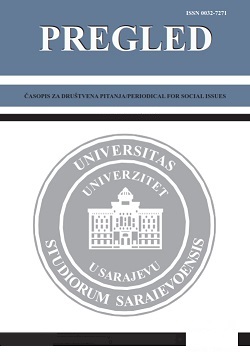Smajli nije nasmijan, to nam se samo pričinilo
A Smiley Is Not Smiling, It Is Only An Illusion
Author(s): Amra SmajovićSubject(s): Semiology, Culture and social structure , Theory of Communication, Sociology of Culture, Globalization
Published by: Univerzitet u Sarajevu
Keywords: symbol; sign; communication; smiley; emoticon; global culture;
Summary/Abstract: There is a clear distinction between signs and symbols in the present visual communication theories. In a communicative relationship, the sign is signified, and in correlation with the signifier, there is no dynamic relationship, i.e. it cannot trigger the emotion. If we accept that smileys and other digital communication icons are signs pointing directly to a term they describe in order to transmit a particular message-information, whose meaning does not require any cognition, then their purpose is not to trigger emotions at any level. However, various forms of smileys that depict emotions and serve for transmitting an emotional message in order to induce an emotional reaction, emerge from the form of a mere labelling and assume a second role. That is indisputable. What is disputable then? Modern digital communications are missing various symbols from the past, symbols of different cultures and traditions. The absence of traditional symbols creates a void in an otherwise opulent digital space. Smileys – emoticons fill in this void and change their place, although their role is not immediately apparent. They tend to replace the role of traditional symbols. And the plot starts here...
Journal: PREGLED - časopis za društvena pitanja
- Issue Year: LIX/2018
- Issue No: 2
- Page Range: 153-167
- Page Count: 15
- Language: Bosnian

